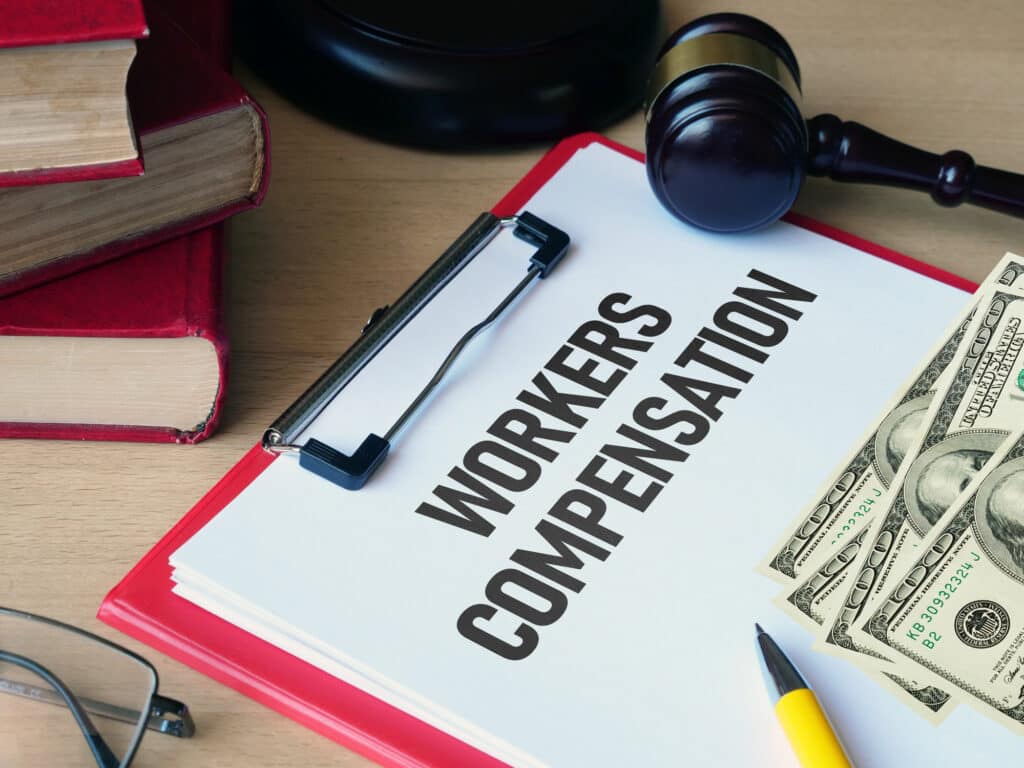
If you’re recovering from a workplace injury or dealing with an occupational illness, Washington state’s workers’ compensation system offers a range of benefits to support your recovery and financial stability. These benefits are administered through the Department of Labor and Industries (L&I), or in some cases, by self-insured employers.
Knowing what you’re entitled to, and how to access those benefits, is key to navigating this process effectively.
Medical Treatment and Related Costs
All reasonable and necessary medical care related to your workplace injury or illness is covered under workers’ compensation. This includes:
- Primary and specialist doctor visits
- Surgery and hospitalization
- Physical therapy and rehabilitation
- Approved prescription medications and equipment
- Reimbursement for travel costs (in qualifying cases)
To receive these benefits, treatment must be authorized in advance, and you must use a provider approved by L&I.
Wage Replacement (Time-Loss Compensation)
When your injury prevents you from working, wage replacement benefits, also called time-loss compensation, can help fill the financial gap.
- Typically pays between 60–75% of your of your worker’s earnings prior to the injury or disease up to a maximum cap
- Payments are made biweekly, after the first three days following your injury (considered a waiting period)
- Benefits may continue until your doctor determines you’ve reached maximum medical improvement (MMI) and you have returned to work or that L&I has determined that you are fit to return to work
Mistakes in wage calculations are common. If you suspect you’ve been underpaid, a review of your time-loss rate may be in order.
Permanent Partial Disability (PPD)
Permanent partial disability (PPD) in Washington state is broadly defined as a physical or mental impairment arising from an injury that is fixed, lasting, stable, and can’t be improved with further medical treatment. When your injury can be classified as a permanent partial disability, you are entitled to permanent partial disability benefits and compensation for damages. The value of your PPD depends on:
- Rating from a physician: Payment is typically based on the type and severity of the injury and whether an Independent Medical Examination (IME) agrees or disagrees with the physician’s opinion. L&I updates injury payouts each year based on the cost-of-living adjustments (COLA); the date of your injury will influence your L&I award amount.
- The seriousness of your disability: During the course of your workers’ compensation claim, you may be required to complete one or more IMEs conducted by a doctor other than your primary provider. There are multiple purposes for an IME. If your injury is at Maximum Medical Improvement (MMI), you may be sent to an IME for a rating. Your injury is rated by either a percentage or category based on the body part injured. Your PPD award is typically based on the type and severity of the injury and the opinion of an Independent Medical Exam and/or your physician. The permanent partial disability L&I settlement calculator is the L&I Disability Awards Charts.
- What you’ve done to help yourself: If you’re proactive regarding your injury claim and work hard to ensure your claim has the correct information, you could earn more in your settlement payout.
Pension Benefits (Permanent Total Disability)
In more serious cases where a worker is unable to return to any form of gainful employment, L&I may approve pension benefits. This provides monthly income for life, but the application process is complex and evidence-intensive.
Eligibility is based on:
- Medical documentation confirming permanent total disability
- Vocational assessments showing you cannot be retrained or employed
These claims are often contested, so preparing strong evidence is critical.
Vocational Rehabilitation Services
When returning to your old job isn’t an option, L&I may offer vocational rehabilitation to help you reenter the workforce in a new role.
This may include:
- Job retraining or career-specific education
- Assistance developing a retraining plan
- Counseling and job placement services
Workers are sometimes offered “Option 2,” which allows them to develop their own training plan and receive nine months of time-loss benefits.
Claim Resolution Settlement Agreements (CRSAs)
For workers over the age of 50, a Claim Resolution Settlement Agreement (CRSA) may be an option. This involves negotiating a partial settlement of your workers’ compensation claim in exchange for a series of payments over time.
Key requirements include:
- Your claim must be at least 180 days old
- You must meet eligibility criteria, including age
- You should fully understand which benefits are being settled
CRSAs can be beneficial in some cases, but settling without understanding the full value of your claim can result in reduced compensation.
Survivor and Death Benefits
If a worker dies as a result of a work-related injury or illness, their surviving dependents may qualify for:
- A one-time immediate payment to a spouse or registered domestic partner
- Monthly survivor pension payments
- Burial cost reimbursements
Filing survivor claims involves emotional and legal complexity. Clear documentation and timely action are essential.
Knowing When to Seek Legal Help
Not every claim requires legal intervention, but it’s important to know when professional guidance may be needed. Consider speaking with a qualified advocate if:
- You’ve been denied benefits or had them cut off
- Your time-loss compensation seems incorrect
- You’re being pressured to accept an unsuitable job or retraining plan
- Your disability rating seems too low
- You’re unsure whether to accept a settlement
A Washington workers’ compensation attorney can provide clarity, protect your rights, and help you receive the full benefits allowed under state law.
Final Thoughts
Washington’s workers’ compensation system exists to support injured workers — but understanding the types of benefits available, how they’re calculated, and how to respond to delays or denials is critical.
Whether you’re dealing with medical bills, time away from work, or long-term recovery planning, knowing your options is the first step toward securing the support you need.



